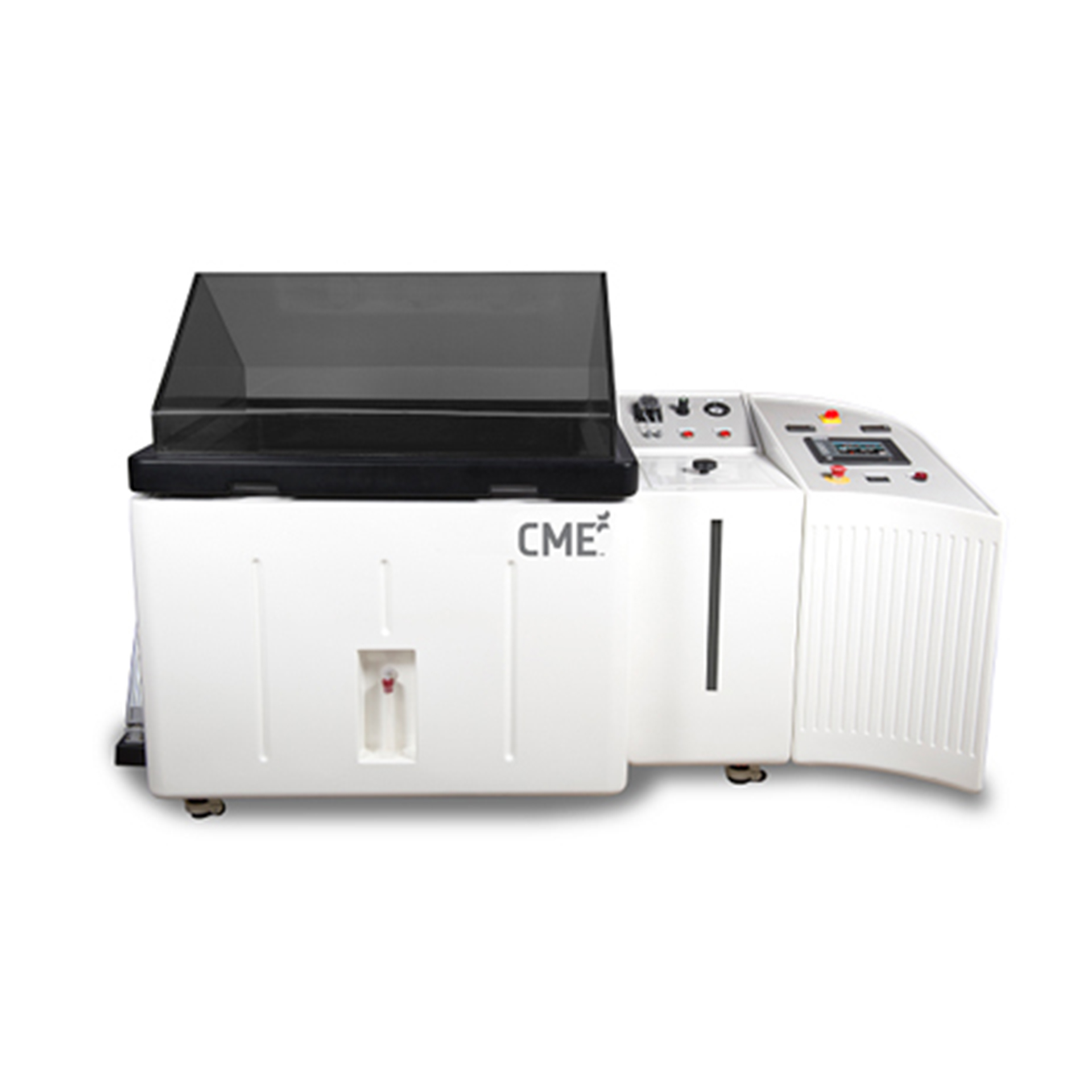
The corrosion tests aim to determine the resistance of materials and coatings to corrosive effects. These tests are applied in various industries, such as the automotive industry, aerospace, electronics, and construction industries.
1. Corrosion Testing Methods
1.1. Salt Spray (Salt Fog) Test
The most commonly used method for evaluating the corrosion resistance of coatings and metals.
ASTM B117, ISO 9227, DIN 50021 – 5% NaCl solution, 35°C, continuous salt spray.
Application: Automotive parts, painted and coated metals.
1.2. Sulfur Dioxide (SO₂) Test
It tests the resistance of materials to acid rain and contaminants in industrial environments.
ISO 6988, DIN 50018 – Test conducted in a condensation atmosphere.
Application: Steel and zinc coatings, construction elements.
1.3. Climate and Cyclic Corrosion Test (CCT – Cyclic Corrosion Test)
A cyclic test with varying temperature and humidity that models a more realistic environment.
VDA 233-102, GMW 14872, ISO 16701
Application: Automotive and aerospace components.
1.4. Moisture and Condensation Test
It tests rusting under high humidity or condensation conditions.
ISO 6270-2, DIN 50017 – Tests conducted in a 40°C / 100% RH environment.
Application: Metal parts and coatings.
2. Corrosion Testing Standards
Automotive Standards
VDA 233-102 – Cyclic Corrosion Test for Automotive Parts
GMW 14872 – General Motors Corrosion Testing Standard
VW PV 1210 – Volkswagen Corrosion Cycle Test
General Industrial Standards
ISO 9227 – Salt Spray Corrosion Test
ASTM B117 – Salt Spray Test (American Standard)
ISO 16701 – Corrosion Test Modeling Natural Exposure
3. Typical Test Conditions
Salt Spray Test: 35°C, 5% NaCl solution, 96–1000 hour test
Climatic Corrosion Test (CCT): Temperature between 25–55°C, varying humidity
SO₂ Test: 40°C, 0.2% sulfur dioxide exposure
These tests help determine the durability and lifespan of materials under various environmental conditions.
Phone Contact
+36 70 408 0134

